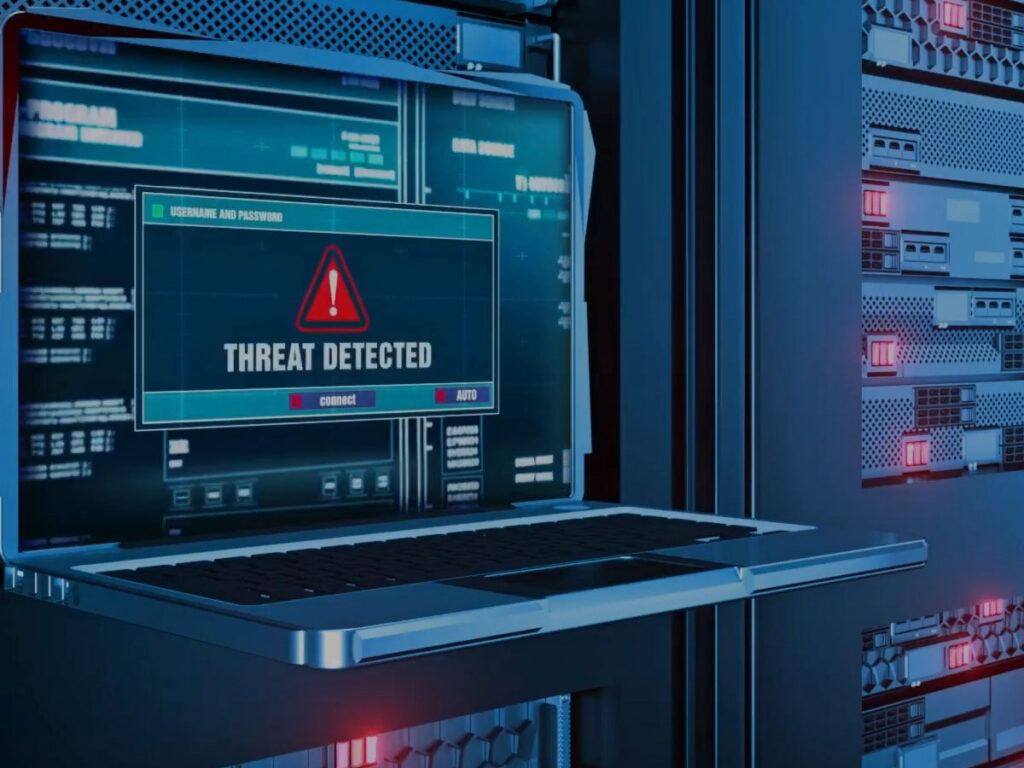
Tips for keeping electronic information safe
While big data presents businesses with a treasure trove of insights and opportunities, it also presents a significant security challenge. No matter what size they are or what industry they are in, all organizations need data security management and monitoring to protect customer privacy, as well as safeguard their own.
One of the main challenges faced by businesses is not knowing where, what or how much data they have, or who has access to it. In addition, various types of data are regulated differently and carry multiple levels of security risks, classifications and vulnerabilities. Organizations may not always clearly understand their responsibilities — but the burden is on them to find out and act accordingly. If they do not, the consequences can be severe, ranging from a damaged reputation to serious financial losses, including fines.
6 steps to help you monitor and ensure data security at your business.
- Conduct a data asset assessment. Dig into all your data to assess the types of data you have and what type of protection it needs according to applicable laws and compliance regulations. For example, suppose you have data from customers in other countries; in that case, you need to make sure that security protections and policies align with the privacy laws of those countries, such as Europe’s General Data Privacy Regulation (GDPR) legislation and China’s Personal Information Protection Law. Many industries, such as healthcare and finance, also have very specific and comprehensive data privacy and protection requirements.
- Implement basic data asset protection. Make sure employees are creating usernames and passwords that are up to current security standards, and that they are required to update those passwords regularly. You should have multi-factor authentication in place, and data should be encrypted using up-to-date data security solutions. Check your policies on remote logins — if employees use personal devices to access your internal network, then it opens up a host of potentially unmanaged security issues.
- Monitor your data backups. Check regularly for storage capacity, the success rate of your backups and how long they require to complete. A higher rate of backup failures or backups that take longer than usual could indicate a problem — something you don’t want to discover when your system goes down, and you need to restore your data. Cloud backups and high availability options should be reviewed alongside traditional backups.
- Validate your data regularly. This involves using various techniques for trying to access data to ensure that the processes and protocols you’ve put in place to protect it are working. For instance, you can import simulated data with malware and see where it goes, and if the system identifies or blocks it. Similarly, you can attempt to exfiltrate data to see what happens. Penetration testing can also show the strength of your security or identify more complex vulnerabilities.
- Monitor file integrity. A feature of many data security information and event management (SIEM) systems, file integrity monitoring identifies and reports unusual file changes across the entire IT environment. These might be occurrences such as a large file added to a system, or a file being exchanged between unexpected users. An action such as one of these could be a red flag for malicious activity or a technical problem.
- Provide robust and regular security training. Techniques and technology for data and network infiltration evolve, and humans tend to need reminders, which highlight the need for ongoing training, not just a one-and-done program. Training can also serve as a reminder to employees of their commitment to the company’s data security. It’s fair to say that training is 50% of the effort to keep data secure, with the proper tools being the other 50%. Together, they provide the best possible protection.
Even for smaller organizations, managing data monitoring and security can be complex. Partnering with an established and trusted firm to handle these tasks can provide peace of mind. It can also free up your teams to focus on their core responsibilities. Learn more about how to leverage BPM’s managed services to realize your organization’s vision. Visit our interactive guide.



